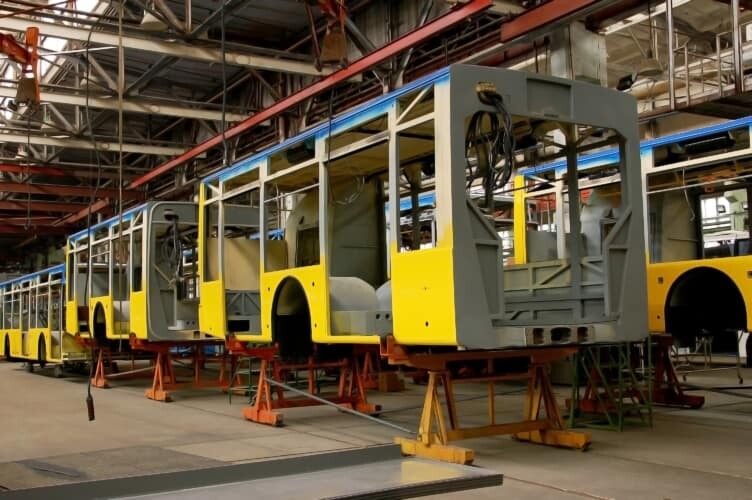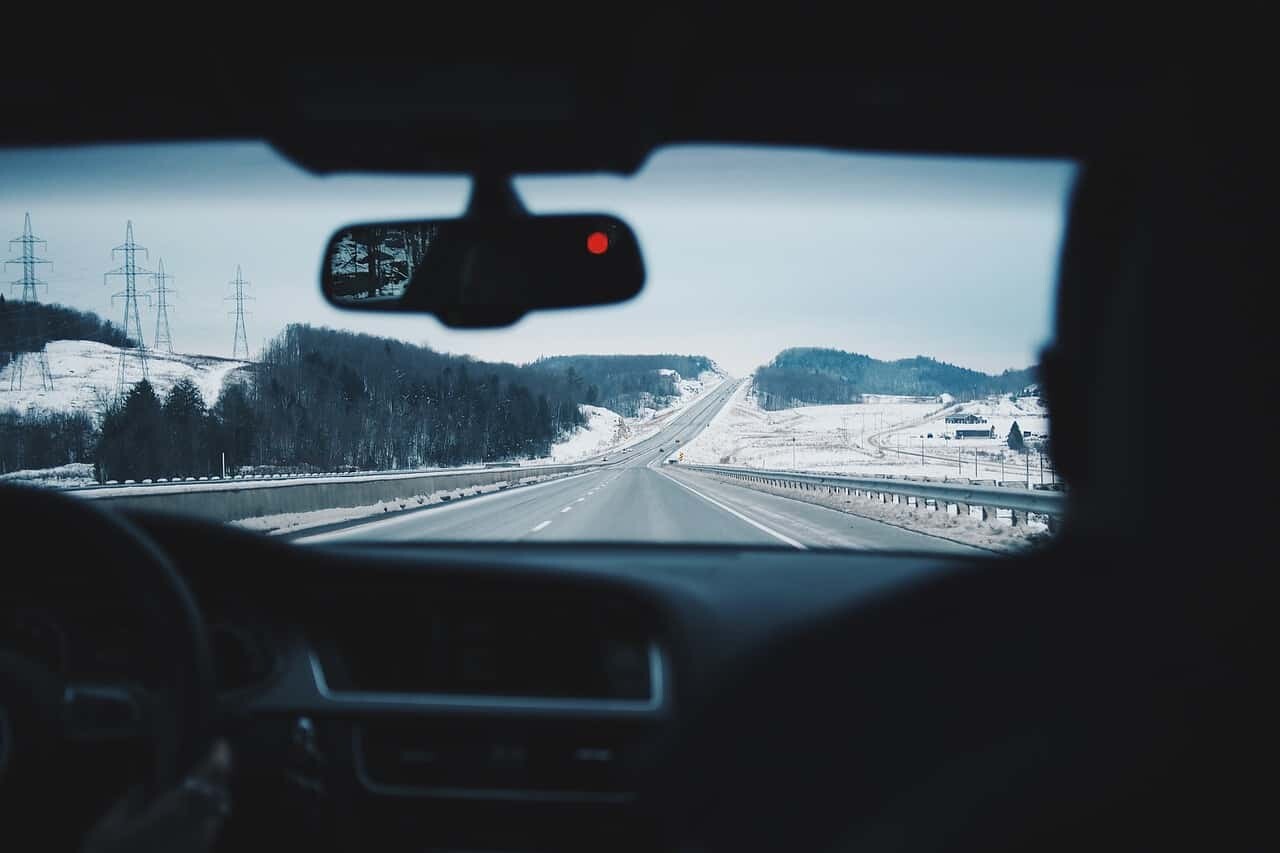Adhesives and sealants for light rail and underground trains

As a service, we offer free adhesives & sealts advice. We know it can be hard to find the best solution for your project. Please leave your details and we will get in touch within 1 day.

Light rail and underground rails benefit from adhesives and sealants
Faster, safer, stronger and greener are all areas where light rail transit and underground trains (subway) must continuously improve. Adhesives and sealants for light rail and underground trains can help on all these areas as they increase comfort, make vehicles safer, for strong bonds and seams as well as offer sustainable alternatives for mechanical fasteners.
- Faster: adhesives and sealants allow for faster assembly of light rail and underground trains but also contribute to the aerodynamic design and weight of the vehicles.
- Safer: fire resistance, crash performance and vibration damping can all be increased by choosing the right adhesives and sealants for light rail and underground trains.
- Stronger: the corrosion risk is remarkably reduced when glues and sealants are used as they prevent metal to metal contact, which makes the vehicles stronger. Adhesives and sealants also distribute the stress equally on the joint unlike mechanical fasteners such as screws.
- Greener: adhesives and sealants reduce the weight of vehicles and allow for more aerodynamic designs, which reduces the power consumption. They also allow for more efficient manufacturing process requiring less resources.
Requirements for adhesives and sealants for light rail and underground trains
Light rail and underground trains are often subject to harsh environments as they are exposed to the elements and almost continuously on the move. Adhesives and sealants for light rail and underground trains must meet some requirements in order to guarantee durability and long service life. These include:
- Weather resistance:especially the adhesives and sealants applied to the exterior surfaces of light rail and underground trains must be weather resistant. The must be water and air tight as well as UV resistant.
- Electrical insulation:to guarantee safety on board, some bonds and seams must not conduct electricity. Some of them must be completely electrically insulating.
- Shock resistance: as the ride may not always be the smoothest, the adhesives and sealants must be strong and flexible enough not to break for example during a rough rail switch. Adhesives and sealants also damp noise and vibration.
Note that light rail transit and underground trains additionally must meet several standards set for rail transport vehicles.
Adhesives and sealants for glazing and interior trim, and everything in between
Adhesives and sealants are used on every stage of the life span of light rail transit and underground trains from design and manufacturing to repairs and maintenance. The seams and bonds are required of improved safety, comfort and durability. Below we introduce some of the adhesive and sealants applications that take place in the manufacturing of light rail and underground trains.

- Body structure: in the assembly of light rail and underground train body structures adhesives prevent corrosion, water ingress and standing water. The also damp noise and vibration. MS polymers as well as polyurethane and epoxy hybrids are common systems for body structures.
- Roof bonding: the roofs of light rail and underground trains require flexible bonding and sealing solutions which are not affected by weather or temperature fluctuations. Usually fast curing two component systems are preferred.
- Floors and side panels:durability and safety are among the most important requirements as regards vehicles. The ones for floors and side panels contribute to safety in crash situations and comfort during the ride. Elastic polyurethane adhesives are most commonly used.
- Interior trim: the plastics and fabrics in interior trim require eco-friendly bonding solutions which contribute visual appeal and increase comfort. Although water based adhesives are common, hot melt adhesives are the most used solutions.
- Direct glazing: sealants and adhesives for direct glazing contribute to process efficiency by providing fast curing and high initial tack. Silicone, MS polymer and polyurethane based systems are common.
Looking for the perfect solutions for light rail and underground trains?
The transport and vehicles industry is continuously developing and new adhesive and sealant solutions are frequently introduced. In case you are looking for sealing and bonding solutions to improve the product or the process, contact us and let us find the best adhesives and sealants for your light rail transit or underground trains.
Discover more solutions for transport & vehicles

What solution are you looking for?
We are specialized in the transportation and automotive industry. Need the best products or advice? Then please leave your details and we will get in touch.





